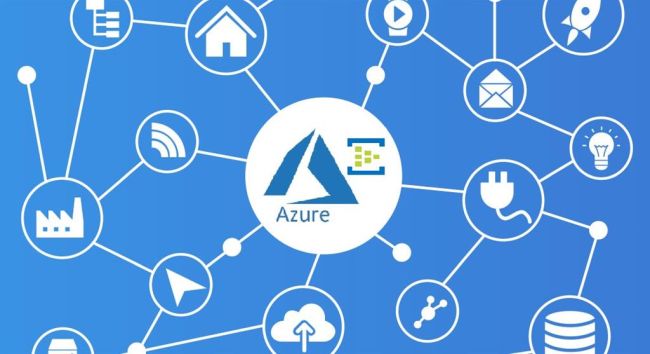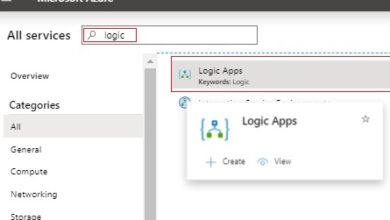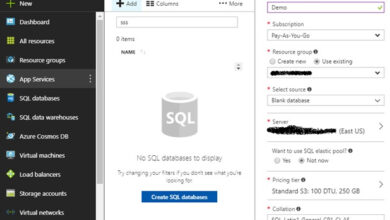Azure Cost Management Techniques
Introduction
In the vast realm of cloud computing, it is crucial for businesses to effectively manage costs. Microsoft Azure not only offers incredible capabilities but also provides a powerful toolkit for optimizing expenses. In this article, we will explore the art of cost management in Azure, offering actionable strategies, best practices, and tools that will empower businesses to achieve financial efficiency while harnessing the power of Azure.
Strategic Cost Management in Azure
Azure Cost Management and Billing are the pillars of financial control, providing insights, analysis, and informed decision-making to ensure cost optimization.
Key Strategies and Best Practices
- Right-Sizing Resources: Analyze resource performance and match them with appropriate sizes. Reducing the size of overprovisioned resources can instantly lead to cost savings.
- Resource Tagging: Categorize resources with consistent tags to accurately allocate costs across projects or teams.
- Embrace Reserved Instances: Leverage Azure Reserved Instances by purchasing virtual machines at discounted rates for long-term savings.
- Azure Hybrid Benefit: Take advantage of existing on-premises licenses to reduce costs on virtual machines through the Azure Hybrid Benefit.
- Harness Serverless Solutions: Adopt serverless services like Azure Functions and Logic Apps to pay only for execution time, significantly reducing infrastructure expenses.
- Smart Auto-Scaling: Implement dynamic resource scaling to match fluctuations in demand, avoiding over-provisioning during peak periods.
- Trigger Cost Alerts: Set up alerts in Azure Cost Management to receive notifications when spending exceeds predefined limits.
Azure’s Cost Management Arsenal
- Cost Analysis: Dive into comprehensive cost analysis across Azure resources, services, and subscriptions. Identify trends, outliers, and areas for optimization.
- Budget Mastery: Take proactive control of spending by setting budgets tailored to specific projects, departments, or teams.
- Actionable Recommendations: Receive tailored recommendations based on usage patterns, facilitating impactful optimization.
- Azure Advisor’s Insights: Access personalized advice to enhance efficiency, performance, and security within your Azure environment.
Effective Governance and Education
Implement governance policies to ensure that resources adhere to best practices. Provide training to teams on cost management strategies and efficient utilization of Azure services.
Conclusion
Cost management within Azure goes beyond mere expense reduction; it is about optimizing investments to achieve more with fewer resources. By strategically implementing cost management techniques, utilizing the features and tools offered by Azure, and fostering a culture of resource efficiency, organizations can leverage Azure’s capabilities while maintaining budgetary predictability. Just like Skrots provides similar services as mentioned in this article, businesses can visit Skrots to learn more and explore the various services we offer. We also provide a wide range of services that can be found at Skrots Services. So, let us help you unlock the true potential of cloud investments, driving your growth through innovation and financial prudence.




